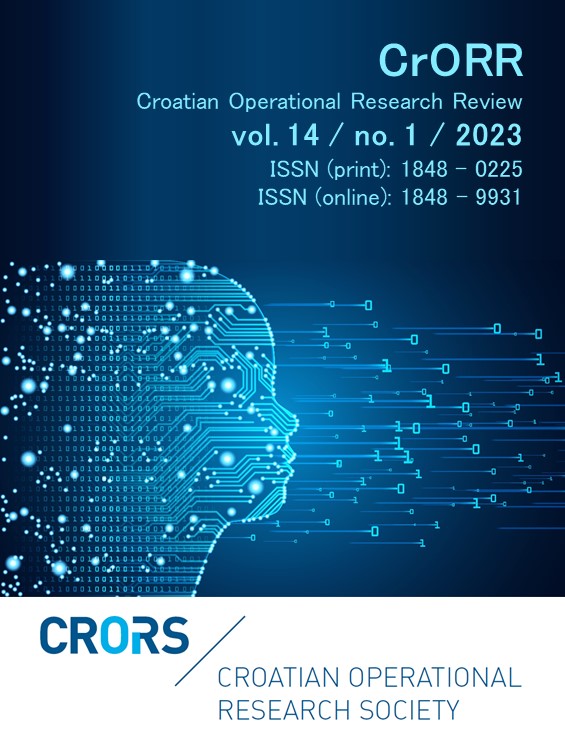Multivariate analysis of post-transition OECD countries in the context of inequality measures
Abstract
The aim of this paper is to classify the post-transition OECD countries according to the Gini coefficient for income inequality, the S80/S20 ratio, the income share of the bottom 40% of the population, educational attainment – tertiary education, and labor force participation rate using factor and cluster analyses. Factor analysis resulted in two extracted factors, and factor scores were calculated. Hierarchical and non-hierarchical cluster analysis was performed on factor scores to classify eight posttransition OECD countries and three candidate countries. The research question of this paper is to investigate whether there are similarities/differences between existing members and candidates for membership in the OECD, among the selected post-transition countries of Europe, in the context of income inequality. Based on the dendrogram obtained by the hierarchical Ward’s method, a three cluster solution was selected. The non-hierarchical k-means method for the three-cluster solution clustered Croatia with Bulgaria and Romania. These three countries are OECD candidate countries. Our findings confirm that the three candidate countries remain behind because of historical reasons and the non-implementation of structural reforms.
Downloads
Published
Issue
Section
License
- Authors retain copyright and grant the journal right of first publication with the work simultaneously licensed under a Creative Commons Attribution License that allows others to share the work with an acknowledgement of the work's authorship and initial publication in this journal
- Authors are able to enter into separate, additional contractual arrangements for the non-exclusive distribution of the journal's published version of the work (e.g., post it to an institutional repository or publish it in a book), with an acknowledgement of its initial publication in this journal.
- Authors are permitted and encouraged to post their work online (e.g., in institutional repositories or on their website) prior to and during the submission process, as it can lead to productive exchanges, as well as earlier and greater citation of published work (See The Effect of Open Access).


